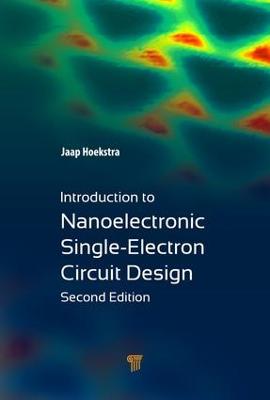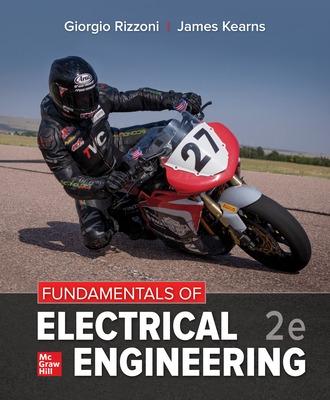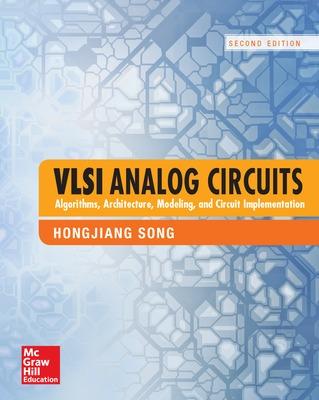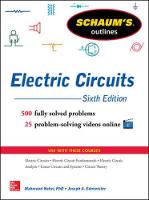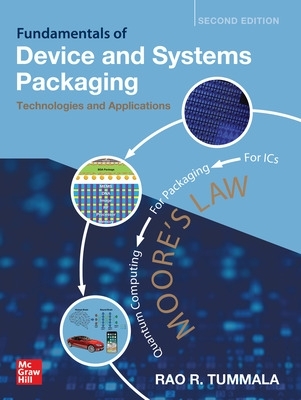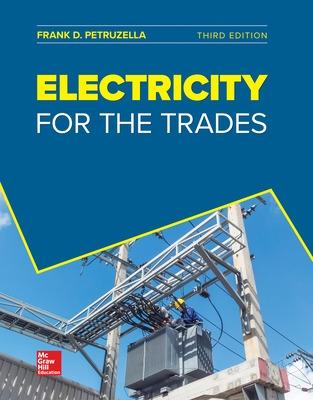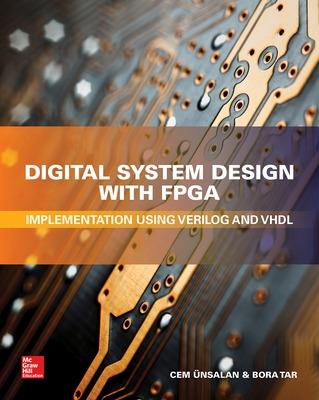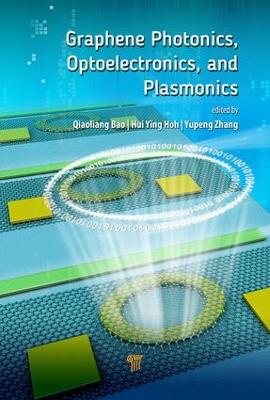Design of Low-Noise Amplifiers for Ultra-Wideband Communications
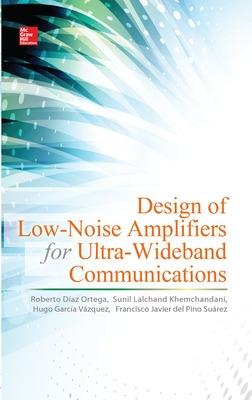 portes grátis
portes grátis
Design of Low-Noise Amplifiers for Ultra-Wideband Communications
del Pino Suarez, Francisco Javier; Diaz Ortega, Roberto; Lalchand Khemchandani, Sunil; Garcia Vazquez, Hugo
McGraw-Hill Education - Europe
02/2014
128
Dura
Inglês
9780071823128
15 a 20 dias
348
1 Ultra-Wideband Overview and System Approach
1.1 Introduction
1.2 History of Ultra-Wideband Communications
1.3 ECMA-368/ISO/IEC 26907 Receiver Specifications
1.3.1 Operating Frequency Band
1.3.2 Receiver Sensitivity
1.4 Receiver System Design
1.4.1 Noise Figure
1.4.2 Channel Filter and ADC Specifications
1.4.3 ADC and Frontend Gain Specifications
1.4.4 Automatic Gain Control
1.4.5 Linearity Requirements
1.4.6 Synthesizer Requirements
1.4.7 Budget Simulations
1.5 Conclusions
2 Distributed Amplifiers
2.1 Introduction
2.2 Theoretical Approach
2.3 Area Optimization
2.3.1 Compact Design
2.3.2 Stacked Inductors
2.4 Experimental Results
2.5 Conclusions
3 Wideband Low-Noise Amplifiers
3.1 Introduction
3.2 Wideband Low-Noise Amplifier
3.2.1 Narrowband Inductively Degenerated Amplifier
3.2.2 Wideband Inductively Degenerated Amplifier
3.2.3 Wideband Low-Noise Amplifier Design
3.2.4 Experimental Results
3.3 Flatness Improvement
3.3.1 Circuit Description
3.3.2 Experimental Results
3.4 Wideband Folded Cascode Amplifier
3.4.1 Narrowband Folded Cascode Amplifier
3.4.2 Wideband Folded Cascode Amplifier Topology
3.4.3 Experimental Results
3.5 Conclusions
4 Feedback Wideband Low-Noise Amplifiers
4.1 Introduction
4.2 Circuit Analysis
4.3 Modified Miniatured 3D Inductor
4.4 Circuit Design
4.5 Experimental Results
4.6 Conclusions
5 Inductorless Techniques
5.1 Introduction
5.2 Common Gate LNA
5.2.1 Input Matching and Voltage Gain
5.2.2 Noise of a CG Stage
5.2.3 Differential Operation of CG Stage
5.3 Mixer Design
5.3.1 Quadrature Mixers
5.3.2 Mixers with Current Boosting
5.4 Inductorless Operation
5.5 Experimental Results
5.5.1 Frontend I
5.5.2 Frontend II
5.5.3 Comparison Between Frontends
5.6 Conclusions
Bibliography
Index
1 Ultra-Wideband Overview and System Approach
1.1 Introduction
1.2 History of Ultra-Wideband Communications
1.3 ECMA-368/ISO/IEC 26907 Receiver Specifications
1.3.1 Operating Frequency Band
1.3.2 Receiver Sensitivity
1.4 Receiver System Design
1.4.1 Noise Figure
1.4.2 Channel Filter and ADC Specifications
1.4.3 ADC and Frontend Gain Specifications
1.4.4 Automatic Gain Control
1.4.5 Linearity Requirements
1.4.6 Synthesizer Requirements
1.4.7 Budget Simulations
1.5 Conclusions
2 Distributed Amplifiers
2.1 Introduction
2.2 Theoretical Approach
2.3 Area Optimization
2.3.1 Compact Design
2.3.2 Stacked Inductors
2.4 Experimental Results
2.5 Conclusions
3 Wideband Low-Noise Amplifiers
3.1 Introduction
3.2 Wideband Low-Noise Amplifier
3.2.1 Narrowband Inductively Degenerated Amplifier
3.2.2 Wideband Inductively Degenerated Amplifier
3.2.3 Wideband Low-Noise Amplifier Design
3.2.4 Experimental Results
3.3 Flatness Improvement
3.3.1 Circuit Description
3.3.2 Experimental Results
3.4 Wideband Folded Cascode Amplifier
3.4.1 Narrowband Folded Cascode Amplifier
3.4.2 Wideband Folded Cascode Amplifier Topology
3.4.3 Experimental Results
3.5 Conclusions
4 Feedback Wideband Low-Noise Amplifiers
4.1 Introduction
4.2 Circuit Analysis
4.3 Modified Miniatured 3D Inductor
4.4 Circuit Design
4.5 Experimental Results
4.6 Conclusions
5 Inductorless Techniques
5.1 Introduction
5.2 Common Gate LNA
5.2.1 Input Matching and Voltage Gain
5.2.2 Noise of a CG Stage
5.2.3 Differential Operation of CG Stage
5.3 Mixer Design
5.3.1 Quadrature Mixers
5.3.2 Mixers with Current Boosting
5.4 Inductorless Operation
5.5 Experimental Results
5.5.1 Frontend I
5.5.2 Frontend II
5.5.3 Comparison Between Frontends
5.6 Conclusions
Bibliography
Index





